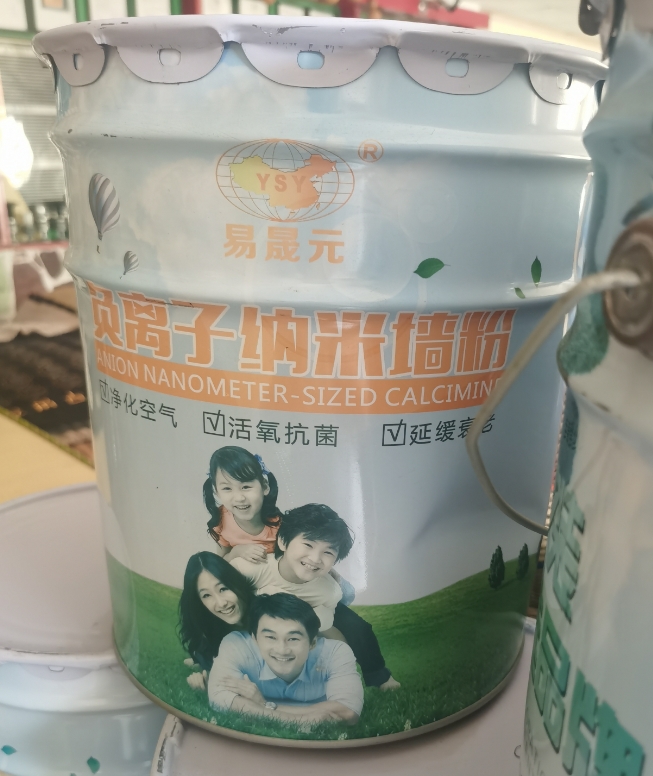
In Vermont, where the pursuit of relaxation and wellness is a part of the lifestyle, sauna rooms have gained popularity. When it comes to constructing a sauna room, one of the crucial considerations is the cost-effectiveness of different materials. This article aims to delve into a comparison of various sauna room materials commonly used in Vermont.
Cedar is a favored choice for many in Vermont when it comes to sauna construction. It has several advantages that contribute to its cost-effectiveness. Firstly, cedar has a natural resistance to rot and decay, which means it has a longer lifespan compared to some other woods. This durability reduces the need for frequent replacements, saving money in the long run. Additionally, cedar has a pleasant aroma that adds to the overall sauna experience. It also has good insulation properties, helping to retain heat and reduce energy costs during sauna sessions. However, cedar is relatively more expensive upfront. The initial cost of purchasing cedar boards for the sauna room can be higher than some other options. But considering its long-term performance and the added benefits it offers, it can be a cost-effective choice for those who value quality and durability.
Hemlock is another wood option commonly used in Vermont's sauna rooms. It is less expensive than cedar, making it an attractive choice for those on a tighter budget. Hemlock is also known for its strength and stability. It can withstand the heat and humidity of the sauna environment well. Although it may not have the same natural aroma as cedar, it can be treated with oils or stains to enhance its appearance and provide some level of protection. In terms of cost-effectiveness, hemlock offers a good balance between price and performance. It may require more maintenance over time compared to cedar, but its lower initial cost can make it a viable option for many homeowners in Vermont.
Natural stone, such as granite or slate, can add a luxurious and rustic look to a sauna room in Vermont. These materials are highly durable and can withstand the high temperatures and moisture levels. They also have excellent heat retention properties, which can help to maintain a consistent and efficient sauna environment. However, the cost of natural stone is significantly higher than both wood options. The installation process can also be more complex and labor-intensive, further increasing the overall cost. From a cost-effectiveness perspective, natural stone may be more suitable for those with a higher budget who are looking for a premium and long-lasting sauna room material. It may not be the most economical choice for the average homeowner but can add significant value to a property if cost is not the primary concern.
Ceramic tile is a more affordable alternative to natural stone. It comes in a wide variety of colors and styles, allowing for customization to match the desired aesthetic of the sauna room. Ceramic tile is relatively easy to install and maintain. It is resistant to moisture and heat, making it a suitable choice for the sauna environment. However, it may not have the same level of heat retention as natural stone or some wood materials. In terms of cost-effectiveness, ceramic tile offers a good compromise between cost and functionality. It can provide a durable and attractive surface for the sauna room at a relatively lower price compared to natural stone, making it a popular choice among homeowners in Vermont who want a decent-quality finish without breaking the bank.
PVC panels are becoming increasingly popular in sauna construction, especially in Vermont where homeowners are looking for cost-effective and low-maintenance options. These panels are lightweight, easy to install, and relatively inexpensive. They are resistant to moisture, mold, and mildew, which makes them a great choice for the sauna environment. PVC panels also have good insulation properties, helping to reduce energy costs. However, they may not have the same aesthetic appeal as wood or natural stone. Some people may find the look of PVC panels too artificial or less luxurious. But from a pure cost-effectiveness standpoint, especially for those who prioritize functionality and affordability, PVC panels can be a very viable option. They require minimal maintenance and can provide a long service life, saving both time and money in the long run.
FRP is another synthetic material that is sometimes used in sauna rooms in Vermont. It is known for its strength and durability. FRP panels are resistant to heat, moisture, and chemicals, making them suitable for the harsh sauna environment. They are also relatively inexpensive compared to some other materials. However, like PVC panels, FRP may not have the most appealing aesthetic. It has a smooth, shiny surface that may not fit with the traditional or rustic look that some homeowners desire for their sauna rooms. In terms of cost-effectiveness, FRP can be a good choice for those who need a durable and affordable material but are less concerned about the visual appearance. It can provide reliable performance and long-term value, especially in commercial or institutional sauna settings where cost control is an important factor.

